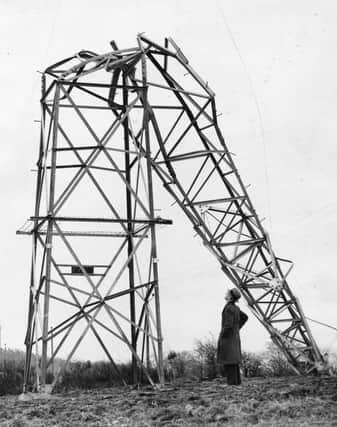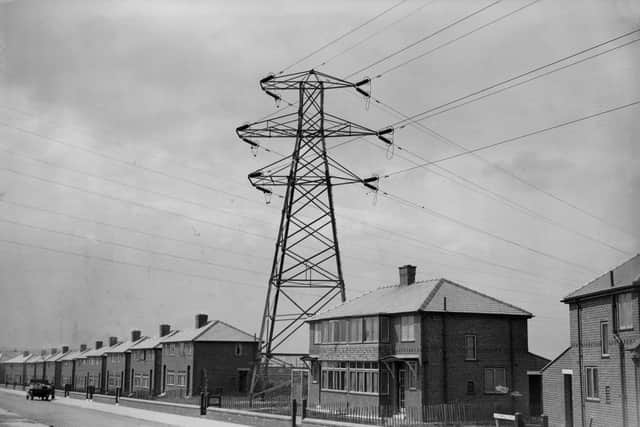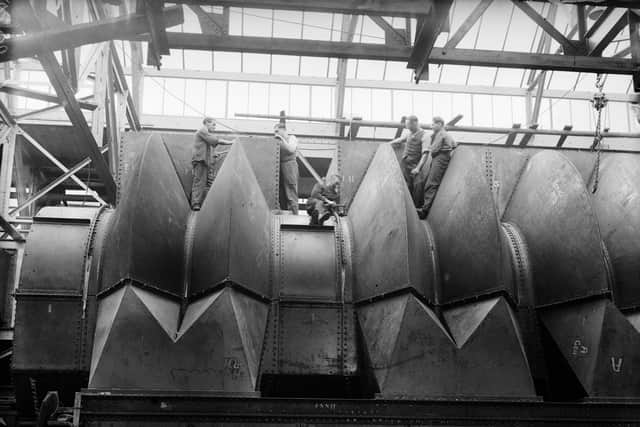Northern Powerhouse: A time when the lights stayed on as London ran dry


The country was still powered principally by coal, and as these rarely-seen archive pictures demonstrate, an immense national infrastructure had to be created to turn it into power and distribute it to every village.
But without a coordinated policy, this was easier said than done. By 1920, London alone had more than 50 competing systems – supplying electricity on 24 different voltages. A one-bar heater which worked in Kentish Town might have been useless south of the Thames.
Advertisement
Hide AdAdvertisement
Hide AdIt was not until 1926 that electricity was standardised, with the creation of the Central Electricity Generating Board and the formation of seven networks that linked the most efficient power stations together.


Even then, it was a regional system, because connecting all seven to each other was considered too dangerous. It was only in 1938, when the system was discovered to work to the disadvantage of the prosperous South of England, that the arrangements were changed. The tipping point came that December, when the South nearly ran out of power, while the North had a surplus.
This new “national grid” managed mostly to keep the lights on during the Blitz, even when individual power stations were hit – but the punishing post-war winter of 1946 was a different story, and as coal stocks ran out, homes and businesses were ordered to switch everything off during the mornings and afternoons. The following year, the industry was nationalised, and 625 companies found themselves merged into 12 regional “electricity boards”.
Editor’s note: first and foremost - and rarely have I written down these words with more sincerity - I hope this finds you well.
Advertisement
Hide AdAdvertisement
Hide AdAlmost certainly you are here because you value the quality and the integrity of the journalism produced by The Yorkshire Post’s journalists - almost all of which live alongside you in Yorkshire, spending the wages they earn with Yorkshire businesses - who last year took this title to the industry watchdog’s Most Trusted Newspaper in Britain accolade.


And that is why I must make an urgent request of you: as advertising revenue declines, your support becomes evermore crucial to the maintenance of the journalistic standards expected of The Yorkshire Post. If you can, safely, please buy a paper or take up a subscription. We want to continue to make you proud of Yorkshire’s National Newspaper but we are going to need your help.
Postal subscription copies can be ordered by calling 0330 4030066 or by emailing [email protected]. Vouchers, to be exchanged at retail sales outlets - our newsagents need you, too - can be subscribed to by contacting subscriptions on 0330 1235950 or by visiting www.localsubsplus.co.uk where you should select The Yorkshire Post from the list of titles available.
If you want to help right now, download our tablet app from the App / Play Stores. Every contribution you make helps to provide this county with the best regional journalism in the country.
Sincerely. Thank you.
James Mitchinson, Editor
Comment Guidelines
National World encourages reader discussion on our stories. User feedback, insights and back-and-forth exchanges add a rich layer of context to reporting. Please review our Community Guidelines before commenting.